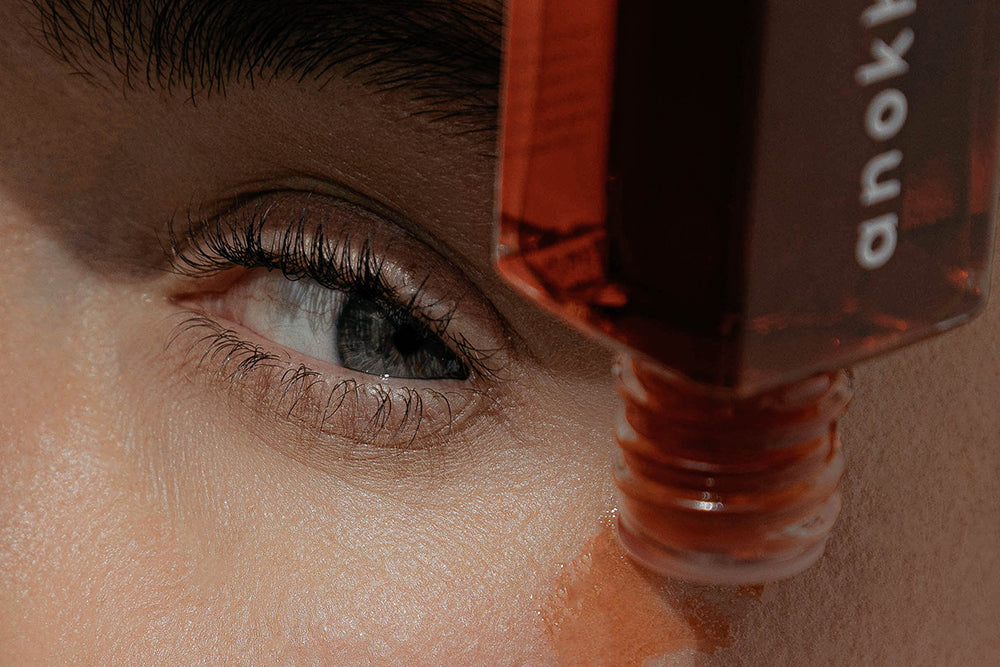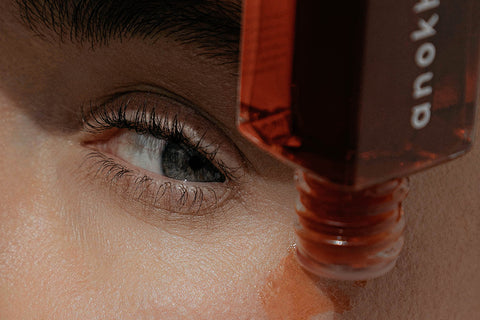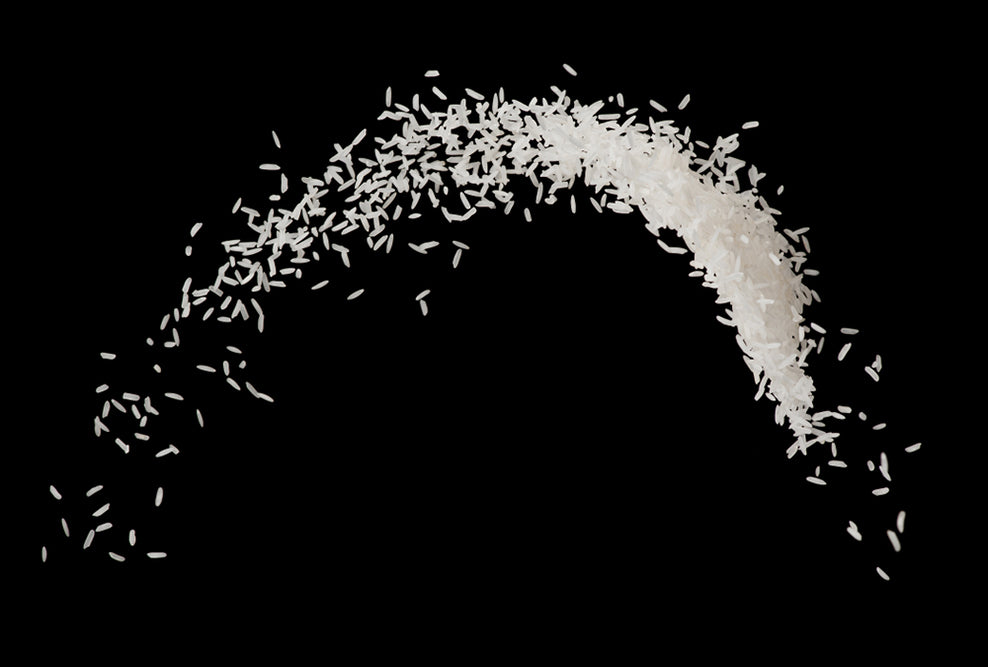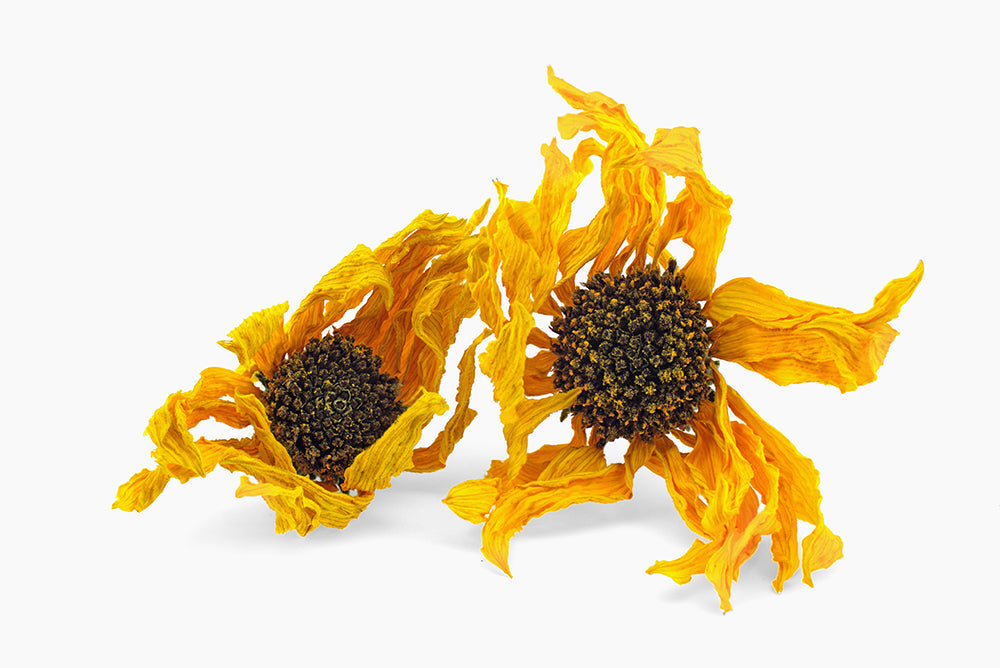
skin cycling

the bottom line
You may have heard the popular term, but don’t know what it means: “skin cycling”. Briefly, skin cycling refers to applying active skincare products on specific days, then allowing the skin to rest for several days. While the phrase may be new, the concept is not – our skin needs time to adapt to any new regimen. Read on to learn more about the theory behind the buzz.
first layer: what is skin cycling?
Skin cycling is the intermittent or alternating use of skincare products with active ingredients. Rather than layering too many products at once and risking skin inflammation, skin cycling incorporates actives into your regimen with a scheduled rest period which allows your skin to accommodate to new and potentially irritating ingredients. When done strategically, your products will complement each other, rather than create more issues.
second layer: the benefits of skin cycling
There are some potential benefits to skin cycling.
- skin barrier* repair: the skin barrier is the outer layer of the epidermis that protects against external agents including mechanical and chemical insults, heat, pathogens, water, and radiation. A compromised skin barrier is thought to play a role in several skin conditions, including acne* and atopic dermatitis*. Overuse of exfoliants and retinoids can disturb the skin barrier resulting in inflammation and skin irritation. This is where those rest days between products can work their magic.
- helps to reduce negative side effects from active products: retinoids* are vitamin A derivatives which include retinol, retinaldehyde, retinyl esters, and retinoic acid. Retinoids are some of the most exciting products for skin rejuvenation, but they can also be associated with significant skin irritation - including dryness, peeling, redness, and burning – which doesn’t always resolve even after long-term use. By allowing the skin to rest between applications, the negative effects of active ingredients can be mitigated.
- can limit the effects of seasonal changes: we’ve probably all experienced changes in our skin with the seasons, particularly at the beginning of summer and winter. Cold and wind in particular are associated with dry skin and the exacerbation of skin conditions including eczema. It’s thought that skin cycling can prevent the initial onset of dry skin, which in turn allows it to react more favorably to climate changes.
third layer: the skin cycling routine
Start with your usual cleansing routine. Your next few steps will differ with a skin cycling routine, which typically consists of an exfoliant, a retinoid, and a moisturizer.
- night 1: exfoliation
After cleansing and drying your skin, exfoliate to remove dead skin cells from the top layer of the epidermis. We love exfoliation in general because not only does it leave your skin feeling incredibly smooth, but it allows your other products to penetrate the skin more effectively which in turn leads to better results. The choice of physical versus chemical (glycolic or salicylic acid) exfoliation is up to you but be sure that you’re using a product that doesn’t irritate your skin. Follow with a gentle moisturizer.
- night 2: retinoid
As mentioned previously, retinoids are vitamin A derivatives which include retinol and tretinoin. Although they are highly effective against fine lines and wrinkles, they can be extremely irritating to the skin. After cleansing and drying your skin, moisturize areas prone to irritation, including under the eyes, at the corners of the nose, and the corners of the lips. Apply the retinoid product and then moisturize the remainder of your face on top of the retinoid.
- nights 3 & 4: recovery
On these nights, cleanse as usual, but hold on any exfoliation or retinoid products and allow the skin to recover. Use hydrating and moisturizing products that will help to repair the skin barrier.
Now do it all over again.
How you perform these cycles depends on your skin type and your goals. Highly sensitive? Add another recovery night. Want to take it up a notch? Remove a recovery night and do a three-night cycle instead, or add in an exfoliating toner.
How long do you need to continue skin cycling? The answer is different for everyone. Some people will find the most benefit with skin cycling when it’s performed at the change of seasons or when adding new products to their regimens. Others will cycle indefinitely. It depends upon your individual skin type and your goals. Remember that consistency is key – all skincare works better when it’s used regularly as opposed to sporadically.
Potential side effects of skin cycling include the irritation that may result from retinoid use. Retinoids make us more susceptible to sunburn, and sunscreen use is mandatory during the day. Skin cycling also isn’t intended to provide dramatic results – rather, it’s a way of allowing your skin to accommodate to external changes, such as the weather or new topical ingredients.
fourth layer: how we do it
Skin cycling is an excellent way to introduce new products into your skincare regimen. Whether your skin is sensitive or not, it can react if you change all your products in one go. Therefore, we have our own recommendations for skin cycling:
cleanse: start with a double cleanse using our rice bran & pomegranate facial cleansing oil to remove makeup and oil, followed by our soothing oatmeal cleansing milk. Follow with our hydrating lotus flower & rosewater toner.
night 1: exfoliate with our blue clay clarifying masque with Cambrian blue clay. Follow with our lotus & lychee facial crème for intense hydration.
night 2: use our retinol-alternative bakuchiol & pomegranate facial oil to help soften fine lines and wrinkles and brighten skin tone.
nights 3 & 4: cleanse and tone as usual, then apply our jasmine serum and lotus & lychee facial crème for deep hydration. for areas of intense dryness or irritation, layer on our rosehip replenishing balm, dropping February 2023.
All this and more at www.anokhaskincare.com .
xx
anokha
references:
- https://www.everydayhealth.com/healthy-skin/what-is-skin-cycling-and-should-you-try-it/
- Chaudhuri RK, Bojanowski K. Bakuchiol: a retinol-like functional compound revealed by gene expression profiling and clinically proven to have anti-aging effects. Int J Cos Sci 2014; 36: 221-230.
- Dhaliwal S, Rybak I, Ellis SR et al. Prospective, randomized, double-blind assessment of topical bakuchiol and retinol for facial photoageing. Br J Dermatol 2019; 180: 289-296.
- Chaudhuri RK, Marchio F. Bakuchiol in the management of acne-affected skin. Cosmet Toilet 2011; 126: 502-510.
definitions:
acne: acne is a skin disease that arises secondary to the combination of four factors: increased sebum production secondary to increased androgen production; abnormal keratinization within the follicles with resulting obstruction; proliferation of Propionibacterium acnes; and inflammation.
atopic dermatitis: a type of eczema remarkable for red, flaky, itchy skin, typically affecting the inner elbows and behind the knees. it's often seen with allergic rhinitis, hay fever, and asthma.
retinoids: retinoids are vitamin A derivatives which include retinol, retinaldehyde, retinyl esters, and retinoic acid
skin barrier: the skin barrier protects against external agents including mechanical and chemical insults, heat, pathogens, water, and radiation.
for more beauty definitions, explore the glossary.
faq’s:
what is skin cycling?
skin cycling is the intermittent or alternating use of skincare products with active ingredients
what are the benefits of skin cycling?
skin cycling allows time for skin barrier repair, can help skin adjust to seasonal changes, and can mitigate the effects of highly active ingredients.
how long do you need to continue skin cycling?
the answer is different for everyone. Some people will find the most benefit with skin cycling when it’s performed at the change of seasons or when adding new products to their regimens. Others will cycle indefinitely. It depends upon your individual skin type and your goals.
who can benefit from a skin cycling routine?
almost everyone can benefit from skin cycling. whether you’re trying to add a new product into your regime, have highly sensitive skin, or simply need a break from aggressive product use, skin cycling may have benefits for your skin. if you have an underlying medical skin condition such as acne or rosacea which requires medicated products, it’s best to speak with your dermatologist for specific guidance.



leave us a comment
This site is protected by hCaptcha and the hCaptcha Privacy Policy and Terms of Service apply.